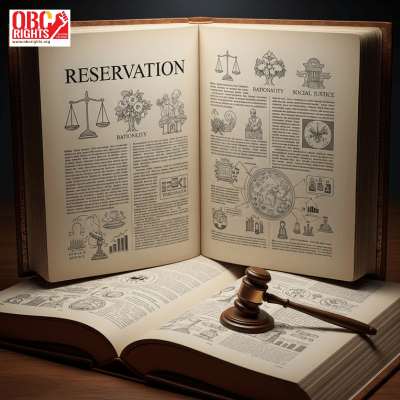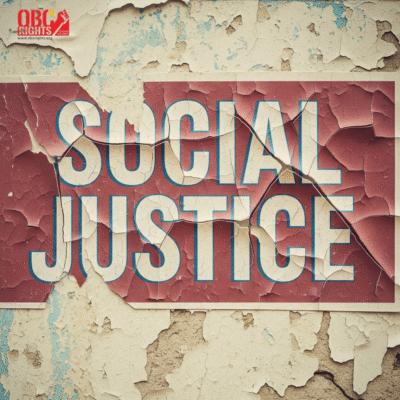The policy of reservation in India is one of the most significant tools for ensuring social justice and equal opportunity. While it gained constitutional recognition post-independence, its origin dates back to the 19th century under British rule, particularly in the Madras Province, where efforts to correct caste-based imbalances in administration first took root.
Rise of the Justice Party and the Communal G.O.s
From 1892 to 1904, caste-based inequality in government jobs became even more glaring:
- Out of 16 ICS officers, 15 were from forward communities.
- Out of 128 District Munsiffs, 98 were from the same group.
- Of 21 Assistant Engineers, 15 were from advanced castes.

To resist this dominance, reformists like T.M. Nair and Thyagaya Chetti formed the South India People’s Association, which later became as Justice Party. The party aimed to advance the interests of non-Brahmin communities and secure equitable representation for them.
In the 1920 elections, the Justice Party secured 98 seats and formed the government with Mr. Subbarayalu Reddiar as the first Chief Minister. Soon after, a series of landmark decisions followed:
- On 16th September 1921, the First Communal G.O. (G.O. No. 613/1921) was issued to reduce caste-based dominance in services.
- To improve it’s execution, the Second Communal G.O. (G.O. No. 658) was passed on 15th August 1922, introducing proportionate representation.
Each government department was instructed to report the community-wise distribution of staff. This led to the establishment of the Public Service Commission in 1924, ensuring regularized and transparent recruitment processes.
Proportionate Reservation and Institutionalization
On 26th October 1927, the Madras Government, under Chief Minister Dr. P. Subbarayan, introduced G.O. M.S. No. 1071, which formalized proportionate reservation for all communities, including Brahmins.
Later, Omandur Ramasamy Reddiar amended this with G.O. M.S. No. 3437, and the order remained in force until 1947—the eve of India’s independence.
Post-Independence Evolution: SCs, STs, OBCs & EWS
The reservation policy continued to evolve after independence, becoming a constitutional tool for affirmative action:
- 1942: Scheduled Castes (SCs) were allocated 8.5% of the seats in central government services.
- 1954: The Ministry of Education proposed a 20% reservation for SCs and STs in educational institutions, along with a 5% concession in qualifying marks.
- Since 1982:
- SCs: 15% reservation
- STs: 7.5% reservation
- Since 1992:
- After a period of 42 years since the Constitutional provisions – OBC reservation came in.
- OBCs: A 27% reservation was implemented following the Mandal Commission recommendations.
- EWS (Economically Weaker Sections): 10% reservation added to benefit the economically disadvantaged among upper castes.

The journey of reservation in India began as a corrective mechanism against historical imbalances in colonial governance. From British-era standing orders to Justice Party’s Communal G.Os, and from the formation of the Public Service Commission to constitutional provisions post-1947, the evolution of reservation reflects India’s ongoing struggle to give an essential / much needed ladder / push to the people who were denied of access/opportunities to education and share in government administration.



